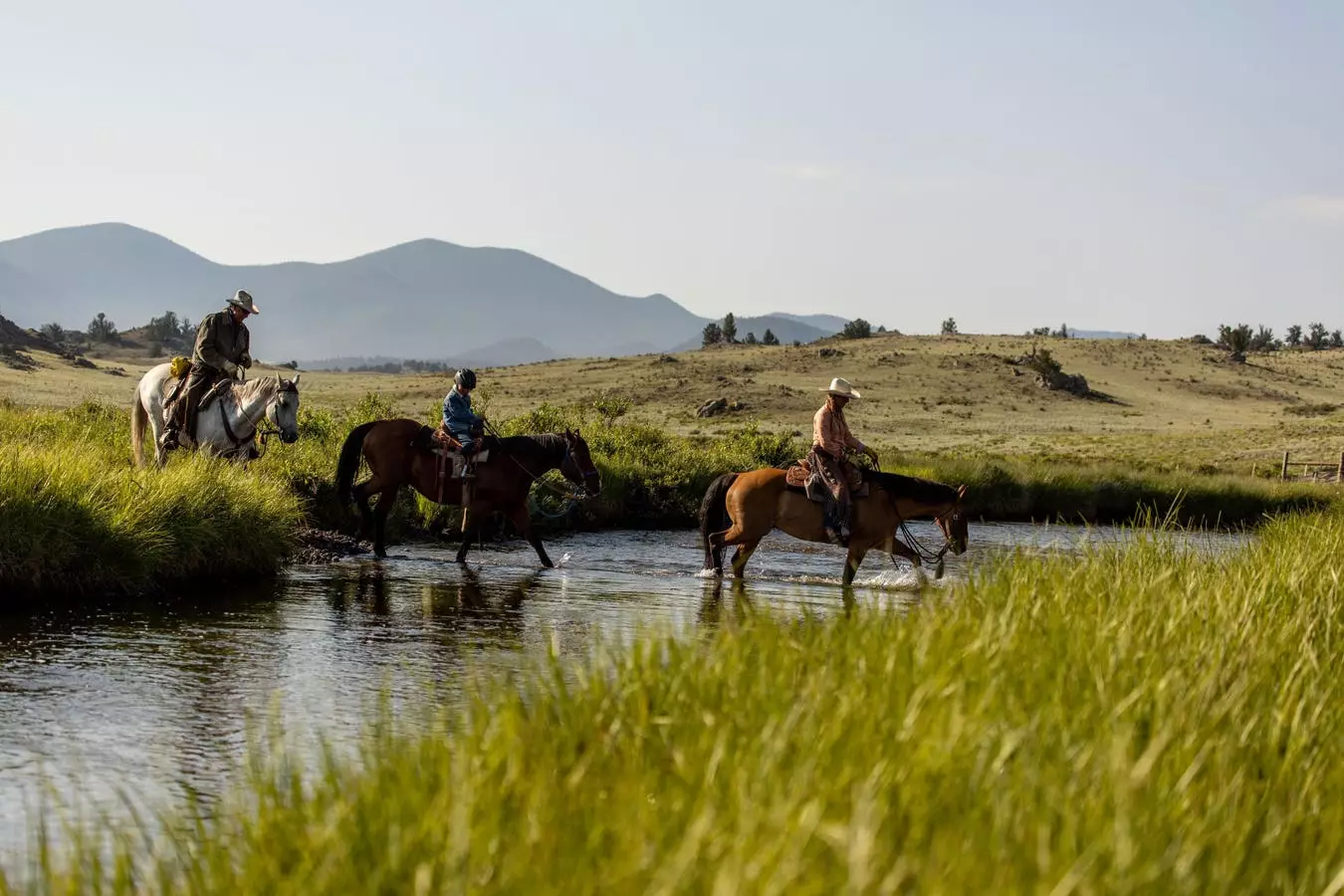Endangered Species Day serves as a reminder to reflect on how we can balance the preservation of our planet’s biodiversity with the increasing need to feed a growing human population, especially amid the rising demand for protein. Historically, agricultural expansion has encroached on natural ecosystems, leading to a decline in biodiversity. However, innovative approaches like “rational intensification” of food production have helped mitigate the need for additional farmland. It is crucial to explore strategies that promote biodiversity within agricultural landscapes to ensure a sustainable future.
Located southwest of Denver in the Rocky Mountains, Eagle Rock Ranch stands as a testament to the harmonious coexistence of cattle production and biodiversity. The Gottenborg family, who acquired the ranch in 2012, has been instrumental in stewarding the land to support diverse plant and animal life. Operating at high elevations in the Southern Rocky Mountain Montane-Subalpine Grasslands ecoregion, the ranch provides a habitat for a variety of species, including rare and imperiled ones. By strategically managing cattle grazing and implementing conservation practices, the Gottenborgs have created a model that showcases the compatibility of agriculture and biodiversity conservation.
Sustainable Ranching Practices
One of the key practices at Eagle Rock Ranch is the rotation of cattle across pastures to prevent over-grazing and mimic natural migration patterns. By using “Lay-down Fencing,” the ranch allows local elk populations to roam freely, fostering a more natural ecosystem. Additionally, efforts such as the installation of fish ladders in creeks and planting willow bushes help enhance biodiversity and ecosystem resilience. The Gottenborgs’ commitment to sustainable hay production, which includes leaving stubble for snow capture, demonstrates their holistic approach to land management.
Unlike conventional feedlot operations, Eagle Rock Ranch emphasizes pasture-raised and grain-finished beef, emphasizing both quality and sustainability. By offering a retail store in Fairplay and engaging with consumers directly, the ranch has built a loyal customer base that appreciates the environmental stewardship behind their products. Moreover, receiving recognition as the “commercial producer of the year” by the Colorado Cattlemen’s Association attests to their commitment to excellence. The ranch’s efforts highlight how cattle production can align with biodiversity conservation goals.
To validate the environmental benefits of their practices, the Gottenborgs commissioned a biodiversity inventory by the Colorado Natural Heritage Program. The survey revealed healthy plant communities and diverse wildlife populations, including rare and imperiled species. The ranch’s landscape was found to mirror natural ecosystems, supporting a wide array of flora and fauna. The study’s conclusion underscored the pivotal role of Eagle Rock Ranch in preserving biodiversity and wildlife habitat through responsible land management practices.
The case of Eagle Rock Ranch exemplifies a sustainable production model that integrates cattle farming with biodiversity conservation. By prioritizing environmentally conscious practices and demonstrating the viability of coexistence between agriculture and wildlife, the Gottenborg family has set a precedent for responsible land stewardship. Their ongoing efforts serve as a compelling example of how cattle production can thrive without compromising the integrity of natural ecosystems.


Leave a Reply